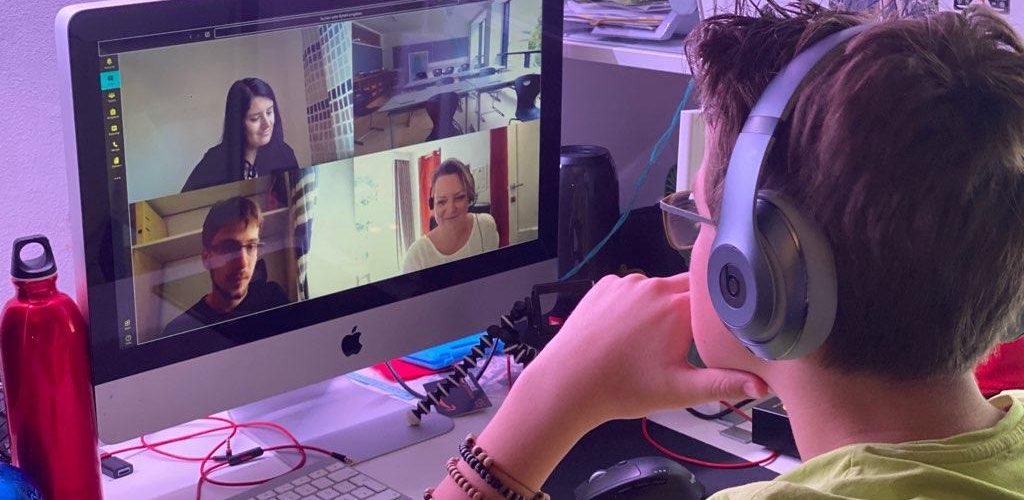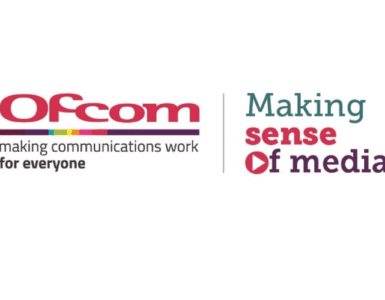If there was ever any doubt about the importance of teaching children critical digital literacy, it has been dispelled by the coronavirus. At Lie Detectors, we adapted our journalist-led media literacy work in classrooms in the days and weeks following the start of the pandemic.
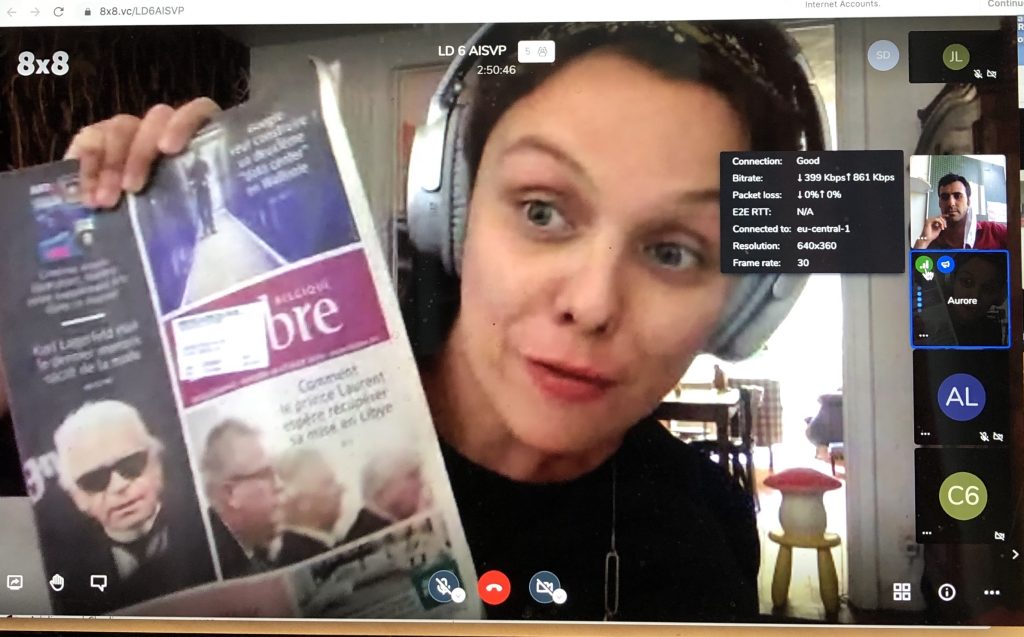
With schools closed, we created and facilitated hundreds of live video-conferencing visits by journalists in five countries. We have been monitoring the children’s and teachers’ feedback on these throughout.
What we’ve discovered is both challenging and heartening. It’s challenging because we’ve found there are still important gaps to be filled and generational barriers to be overcome. But it’s heartening because both schoolkids and teachers say that building resilience to disinformation is more important as a result of the pandemic, and more teachers feel equipped to do so.
Information gathered following our visits to 1065 classrooms between 2017 and 2020 – of which 136 came during the covid era from April last year onwards – shows a clear increase in interest in media literacy and disinformation.
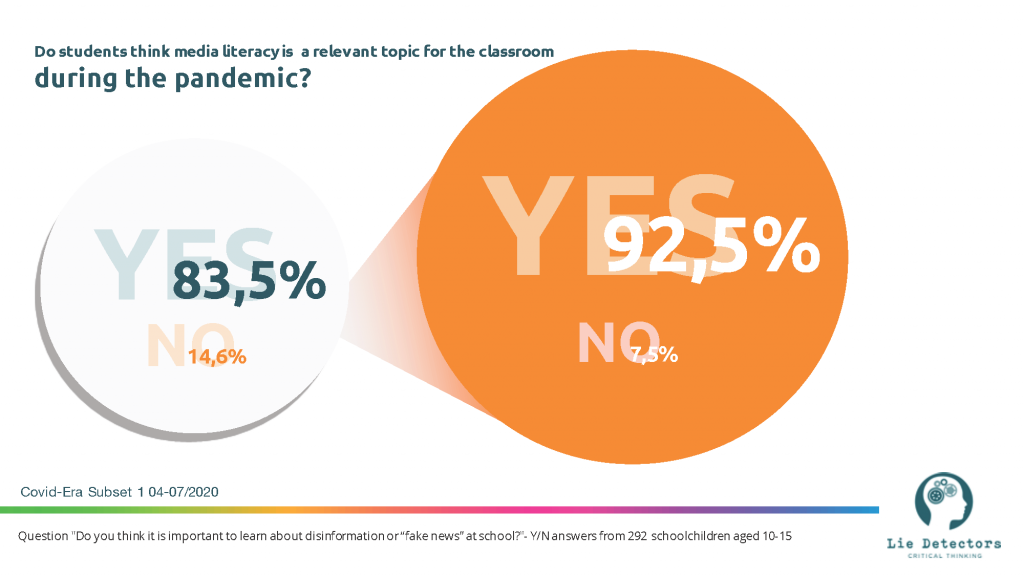
In the four years that we’ve been visiting classrooms, 77% of teachers and 83.5% of children told us they were aware of the importance of the issue. During corona, that figure rose to 98.6% among teachers and 92.5% among students.
It’s fairly obvious why. Disinformation about government and politics that might previously have been of passing interest has now become a matter of life and death. Children are asking us if it’s true that wearing masks will actually make them catch covid, or say that an older relative has forwarded them an email about Bill Gates using the pandemic to implant microchips in people’s brains.
A surge in awareness about disinformation among pupils and teachers has been accompanied by a rise in the number of teachers who bring up this thorny issue in the classroom. But the gap between demand and supply remains largely unchanged. The share of teachers saying digital literacy is important is still nearly 30 percentage points above those who say it is being taught.

EVER-MOVING TARGETS
Filling this gap is doable, but it is not straightforward. For one, the sources of disinformation are ever-moving targets. Kids shift from one app to another quickly, leaving teachers behind. Our surveys show the percentage of children using Twitch or Discord shooting up from almost nothing in the years preceding the pandemic to nearly half during it, but almost no teachers following suit. A majority of teachers still use Facebook – but fewer than 15% of kids do.
The rapid shift in app use among children also confirms something that Lie Detectors has been arguing for a long time, that top-down content moderation aimed at the internet platforms is not a solution for online disinformation. Kids are increasingly getting false information from platforms, including gaming apps, which are either visual or encrypted and hence beyond the reach of fact-checkers and moderators. Trying to delete our way out of the problem of disinformation is worse than useless. It won’t address the issue and it will merely legitimise censorship in Europe and beyond. We can’t stop disinformation reaching the population, whether children or adults, but we can equip them to resist it.
The good news is that when they are offered teaching in disinformation and digital literacy, kids respond very well. They have lots of questions about the conspiracy theories they’ve heard and the chain letters they’ve seen forwarded, and they’re keen to learn about how to check and verify them.
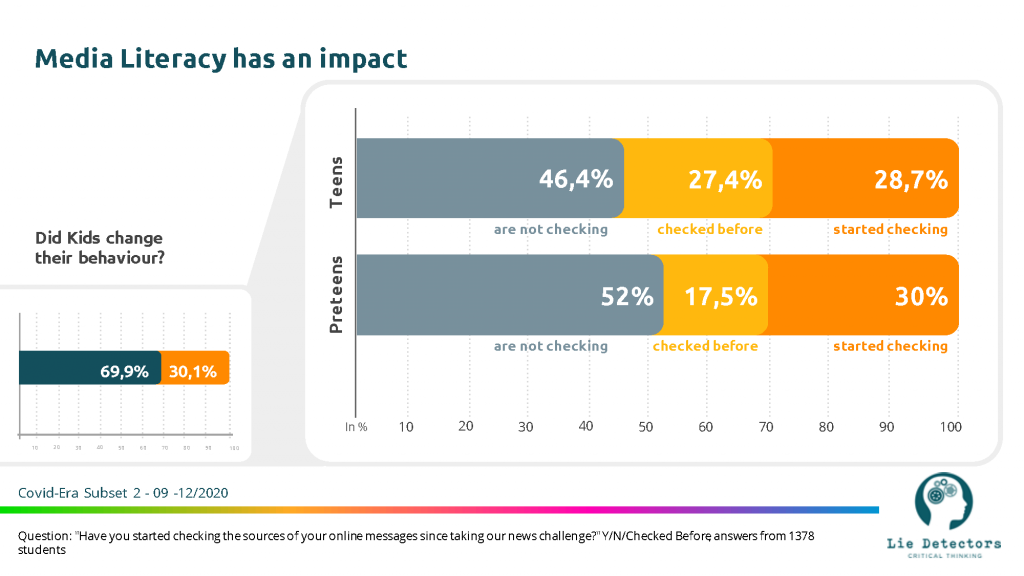
Around 30% of pupils who experienced one of our classroom sessions said they started checking sources before sharing information, more than doubling the overall share who did.
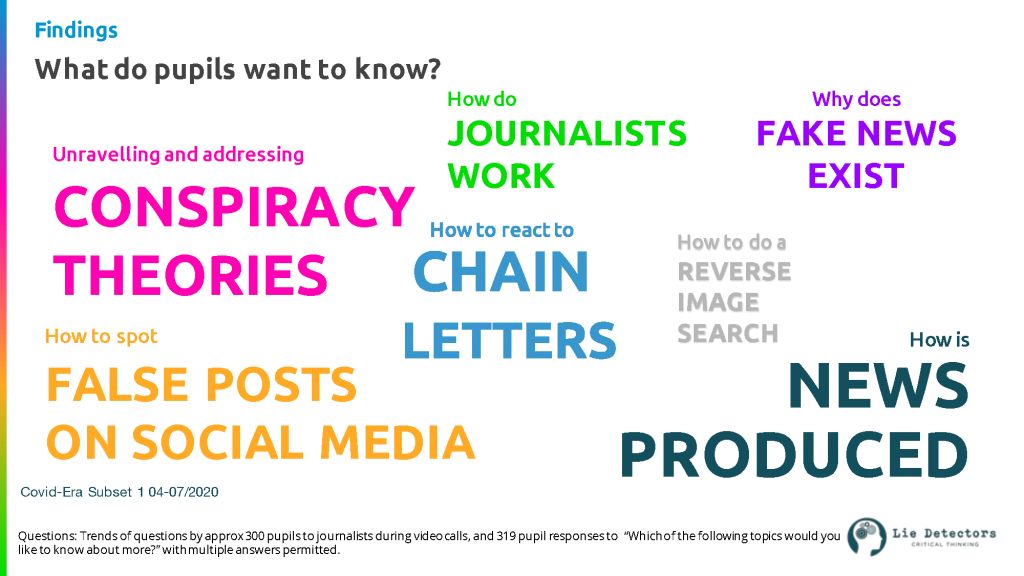
It’s not mainly a lack of willingness to be sceptical and ask questions that makes schoolchildren vulnerable to disinformation – it’s lacking the mental tools to resist it.
We’ve already supplied those tools to thousands of of pupils, and we need to give them to many more. For their part, teachers also tell us they are keen for more training in teaching disinformation, especially if such training can be certified.
The pandemic has put a high premium on the truth. Governments, schools and teachers must be aware that the tools are there to help children sort out facts from fakes. The task remains challenging, but the rewards have never been higher.
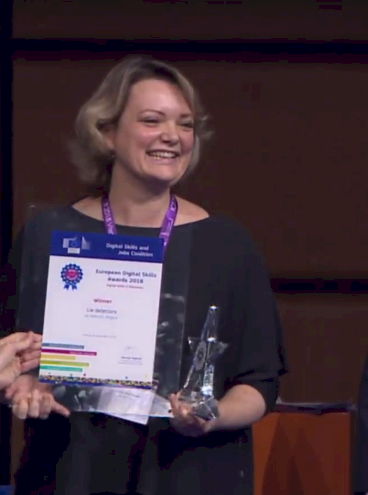
Author
Juliane von Reppert-Bismarck, Lie Detectors

